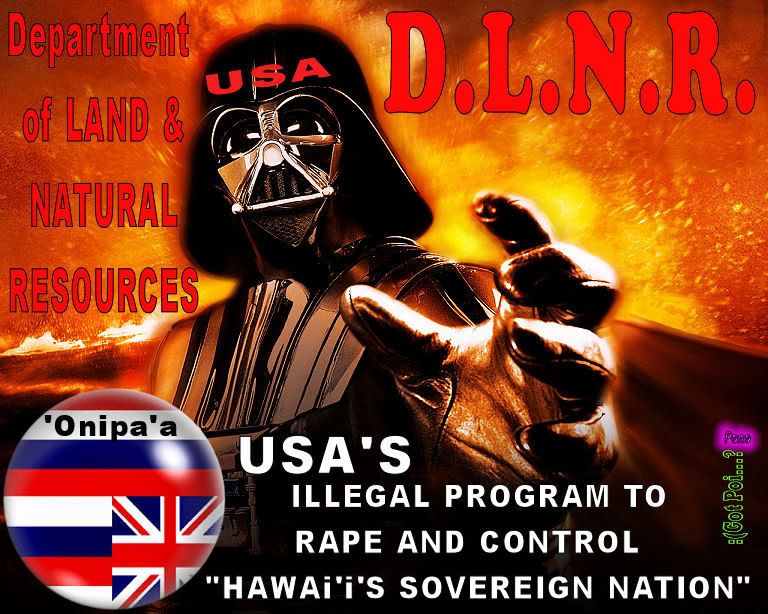Maui Hot Spot: Maui Lani Village CenterMixed-used project secures strong sales as more companies invest(January 14, 2011) - Despite 2010's economic stagnation, one commercial hot spot in Central Maui has been successfully attracting a diverse range of businesses, thanks to the project's ideal location at the nexus of Wailuku and Kahului. Among the latest buyers in the Maui Lani Village Center: Walgreens, Oceanic Time Warner Cable, Ace Hardware, and a 76 Gas station. "The Village Center offers significant flexibility in terms of commercial uses, is readily accessible through new regional roadways, and its lots are build-ready, so companies can move forward without having to put in all of the infrastructure themselves," said Grant Howe, principal broker of Commercial Properties of Maui, a co-listor of the project with CB Richard Ellis in Honolulu. "The businesses investing in the project represent a broad range of uses including light industrial, office space, retail, financial, medical and live-work." Warehouse/Distribution Paradise Beverages, Oceanic Time Warner Cable, Group Builders, GP Roadway Solutions, Commercial Plumbing and Menehune Water are among the companies building new warehouse and distribution facilities at the Village Center. Paradise Beverages was among the first to break ground, on a 100,000 s.f. distribution center that will more than double the company's current space. "Maui Lani Village Center happened at the right time in a great location," said Gordon Usui, chief financial officer for Paradise Beverages. "We were looking for a while, but there were no industrial areas of this size available until this project came along. Its egress and ingress to Kahului, Lahaina, Kihei and Wailuku make it a great location." Retail Incoming retailers include Times Supermarket, Walgreens, Oceanic Time Warner Cable, 76 Gas, a local financial institution and a Maui icon, Marmac Ace Hardware. Marmac's owner, Bill Marrs, views his future 12,000 s.f. store in the Village Center as an opportunity to bring his company's reputation for stellar customer service to a growing area of Central Maui. "It's time to expand," Marrs said. "The (Village Center) is in a great location in the Wailuku area, which is very limited in terms of commercial (lots)." He noted the project's proximity to residential neighborhoods like Wailuku Heights, Waikapu and Maalaea, and new homes planned for Maui Lani and other nearby areas. "We'll bring the same type of customer service, same kinds of products to our new store. We can bring something good to the community." Professional Row In another section of the Village Center is Professional Row - turnkey commercial buildings architecturally designed for professional and medical offices with a residential feel.
At the gateway to this area will be the Retina Institute of Hawaii's new Maui facility. A recipient of the Governor's Innovation Award, the institute specializes in state-of-the-art retina treatment and cares for patients throughout the state. "The Retina Institute of Hawaii and Center for Sight Maui are excited about the new facilities at the Maui Lani Village Center," said Dr. Michael Bennett, founder and president. "The new Center for Sight location will be a state-of-art facility with advanced diagnostic technology and staffed with fellowship-trained ophthalmologists located on the Valley Isle with weekly visits by retina subspecialists and surgeons. We care about providing the residents of Maui the best medical care available with a team of trained professionals." For more information, contact Commercial Properties of Maui at 808-244-2200 or CB Richard Ellis in Honolulu at 808-541-5172. |
You need to be a member of Maoliworld to add comments!



Comments
Tom Dye and other grave robbers take delight in stealing from our graves:
Section 106 & Tribal Consultation
What is an Indian tribe?
As defined in Section 301 of the National Historic Preservation Act (NHPA), an Indian tribe “means an Indian tribe, band, nation, or other organized group or community, including a Native village, Regional Corporation or Village Corporation, as those terms are defined in section 3 of the Alaska Native Claims Settlement Act (43 U.S.C. 1602), which is eligible for the special programs and services provided by the United States to Indians because of their status as Indians” (16 U.S.C. 470w).
As of December 5, 2003, there were 562 federally recognized Indian tribes listed by the Bureau of Indian Affairs, with those tribes based in at least 35 of the 50 states. In addition, there are thirteen Alaska Native Regional Corporations and some 200 Alaska Native Village Corporations created by the Alaska Native Claims Settlement Act. These Regional and Village Corporations are recognized as “Indians tribes” for NHPA purposes. For more information, see the complete list of federally recognized Indian tribes.
While Native Hawaiian organizations are not federally recognized Indian tribes, they are treated similarly as consulting parties in the Section 106 process. As defined in Section 301 of the NHPA, a Native Hawaiian organization “means any organization which (A) serves and represents the interests of Native Hawaiians; (B) has as a primary and stated purpose the provision of services to Native Hawaiians; and (C) has demonstrated expertise in aspects of historic preservation that are culturally significant to Native Hawaiians” (16 U.S.C. 470w). A Native Hawaiian is defined as “any individual who is a descendant of the aboriginal people who, prior to 1778, occupied and exercised sovereignty in the area that now constitutes the State of Hawaii” (16 U.S.C. 470w).
NHPA Section 106 Tribal Consultation Process
Tribal consultation is required in all steps of the Section 106 process when a federal agency undertaking may affect historic properties that are either (1) located on tribal lands, or (2) when any Indian tribe or Native Hawaiian organization attaches religious or cultural significance to the historic property, regardless of the property’s location.
When an undertaking occurs on tribal land, the federal agency must notify appropriate Indian tribes of the undertaking and give those tribal groups the opportunity to consult, should they wish to do so.
If a tribe has assumed State Historic Preservation Officer (SHPO) responsibilities for tribal lands by designating a Tribal Historic Preservation Officer (THPO), as provided for in NHPA Section 101(d)(2), then the federal agency shall consult with the THPO in lieu of the SHPO regarding undertakings occurring on or affecting historic properties on tribal lands. (For more information about the THPO program, see the Advisory Council on Historic Preservation’s Tribal Historic Preservation Officers website.)
If a tribe has not assumed SHPO responsibilities by designating a THPO as provided for in NHPA Section 101(d)(2), then the federal agency shall consult with official representatives of the tribe as well as with the SHPO. Such Indian tribes have the same rights of consultation and concurrence that tribes with THPOs have, except that consultations about undertakings on tribal land shall be in addition to and on the same basis as consultation with the SHPO.
When an undertaking affects historic properties that are of religious and cultural significance to an Indian tribe or a Native Hawaiian organization, regardless of location on or off tribal land, the federal agency